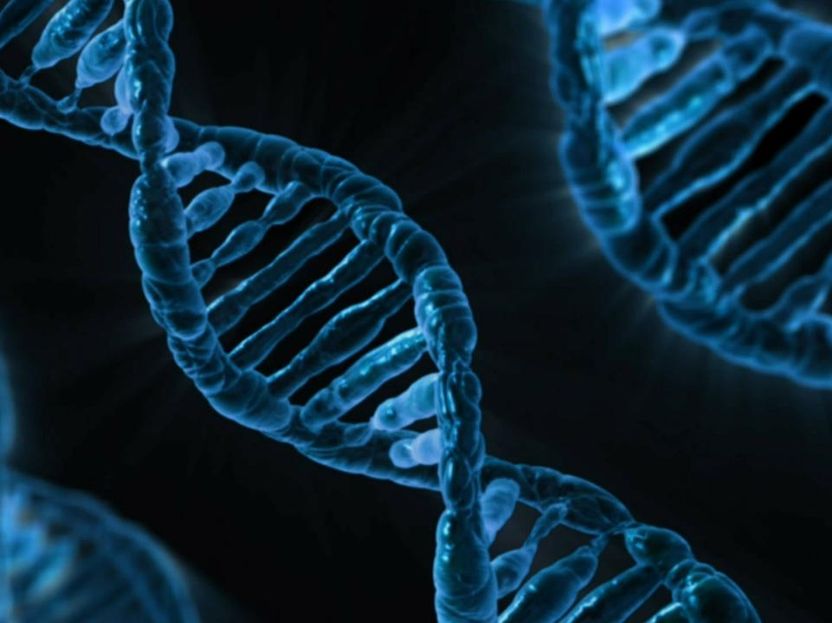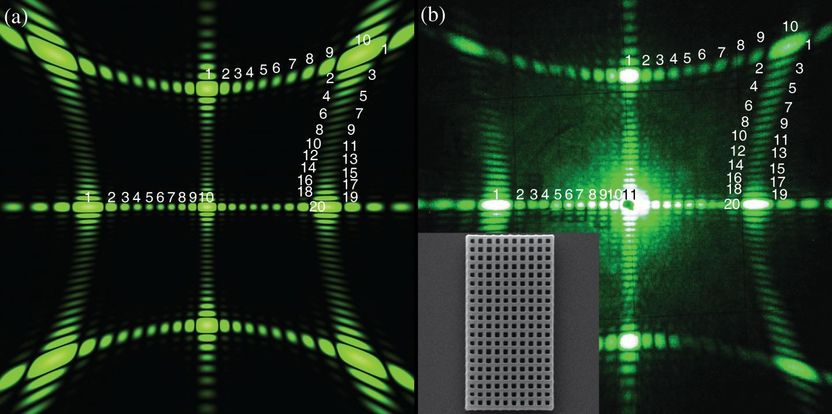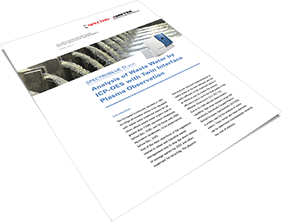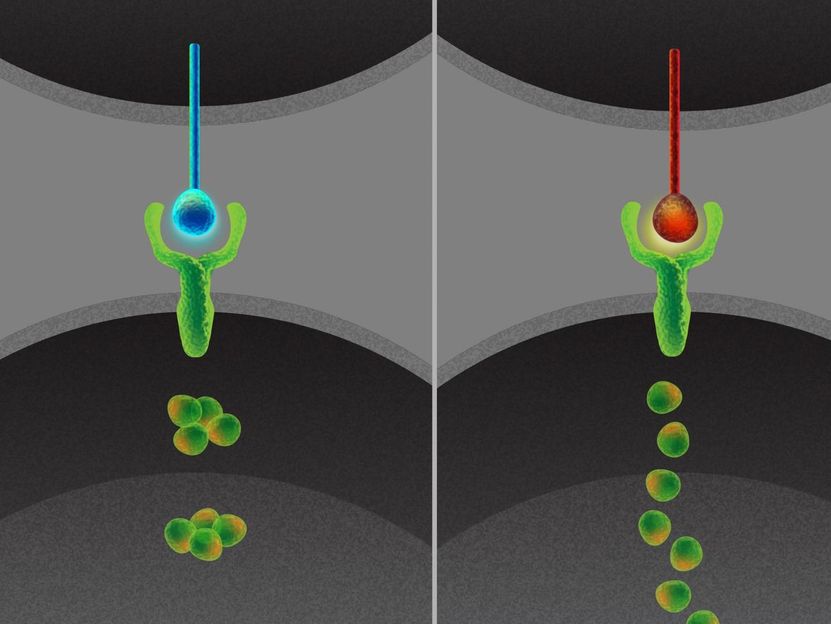New method enables study of how biological functions are organized at the cellular level
A computational system for analyzing how genes are coordinated to create the cellular variety that makes up tissues
Humans have 24,000 genes, almost the same as the nematode worm Caenorhabitis elegans. However, unlike worms, human genes have a great diversity of biological functions from this limited number of genes. To study this process, a group of researchers from the Institute of Integrative Systems Biology (I2SysBio), a joint center of the Spanish National Research Council (CSIC) and the University of Valencia (UV), has developed a computational method that allows, for the first time, to unravel how the functional diversity of genes is organized to form different cell types. The method, which uses cutting-edge single-molecule sequencing technologies and measurements at the level of independent cells, has been published in Nature Communications.

image of The method uses single-molecule sequencing technologies and independent cell-level measurements / Pixabay The method uses single-molecule sequencing technologies and independent cell-level measurements.
Pixabay
The work has been developed by the group led by CSIC professor at I2SysBio Ana Conesa. Its objective was to investigate a new computational method to study the coordination in alternative processing of messenger RNA at the single cell level. Alternative processing(splicing) is a diversification mechanism that allows several different messenger molecules, called isoforms, to be produced from a single gene. The isoforms of the same gene contain instructions for making proteins that are slightly different, thus allowing a great diversity of biological functions from a very limited number of genes.
"The complexity of isoforms has to do with the complexity of living beings," explains Ana Conesa. "Complex organisms such as humans have the most different isoforms. In addition, the diversity of isoforms contributes to determining the cell types that make up tissues. The same genes can express some isoforms in one type of cell and other isoforms in another type of cell," she reveals.
Current technology makes it possible to study gene expression in each cell with great precision and resolution, but it generates a large volume of data that requires complex algorithms for its analysis. This study focuses on analyzing how different gene isoforms coordinate to define different cell types. "Our computational analysis method allows us to distinguish the functional differences between isoforms of the same gene, being able to see what changes they imply for the structure of the resulting protein and to quantify its expression in each cell," highlights Ángeles Arzalluz, researcher at I2SysBio and first author of the study.
In addition, this new system makes it possible to associate changes in the intensity of expression of the different isoforms with biological properties of the cells, such as the identity of a particular cell type or its function within the organism. The researchers were also able to group isoforms with the same expression pattern, creating regulatory networks and observing their similar functional properties.
Understanding the development of tumor processes
"We have applied these techniques to understand the coordination of isoforms in the definition of different neuronal cell types, and we have seen that neurons have longer and more functionally charged isoforms than other cell types, as well as regulatory mechanisms for co-expression," explains Arzalluz. "Our results indicate that the identity of neuronal cells depends not only on the genes expressed in them, but also on the combination of isoforms," he concludes.
This is the first method that manages to group isoforms in regulatory networks at the level of a single cell and to understand their functional impact, the researchers emphasize. This is possible thanks to statistical techniques developed in collaboration with Sonia Tarazona and Pedro Salguero, from the Department of Statistics and Applied Operations Research and Quality at the Universitat Politècnica de València (UPV). The method has generated the first isoform co-expression network for a set of seven neuronal cell types.
"Single cell studies are very useful for understanding developmental pathologies and tumor processes, where knowing the cellular composition of tissues is fundamental," says Ana Conesa. "However, current studies rarely analyze the different isoforms of genes. Our methodology can help to study these pathological processes at a level of molecular resolution not addressed until now," she points out.
Note: This article has been translated using a computer system without human intervention. LUMITOS offers these automatic translations to present a wider range of current news. Since this article has been translated with automatic translation, it is possible that it contains errors in vocabulary, syntax or grammar. The original article in Spanish can be found here.

























































